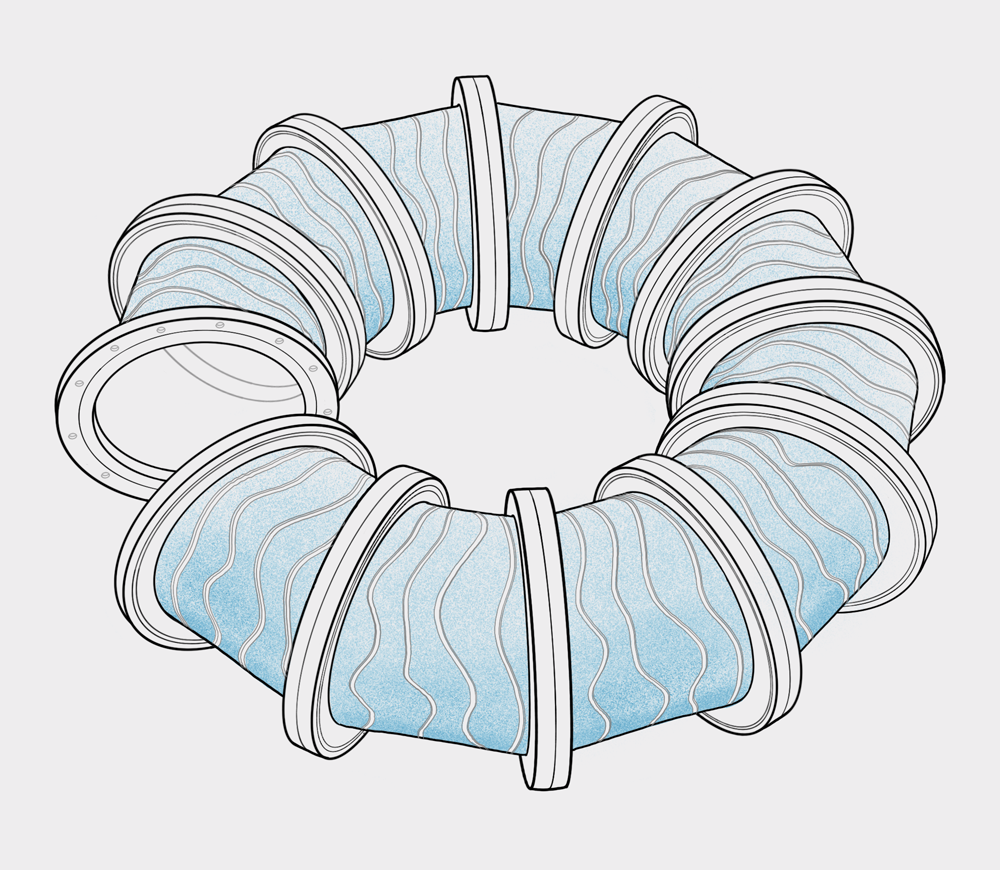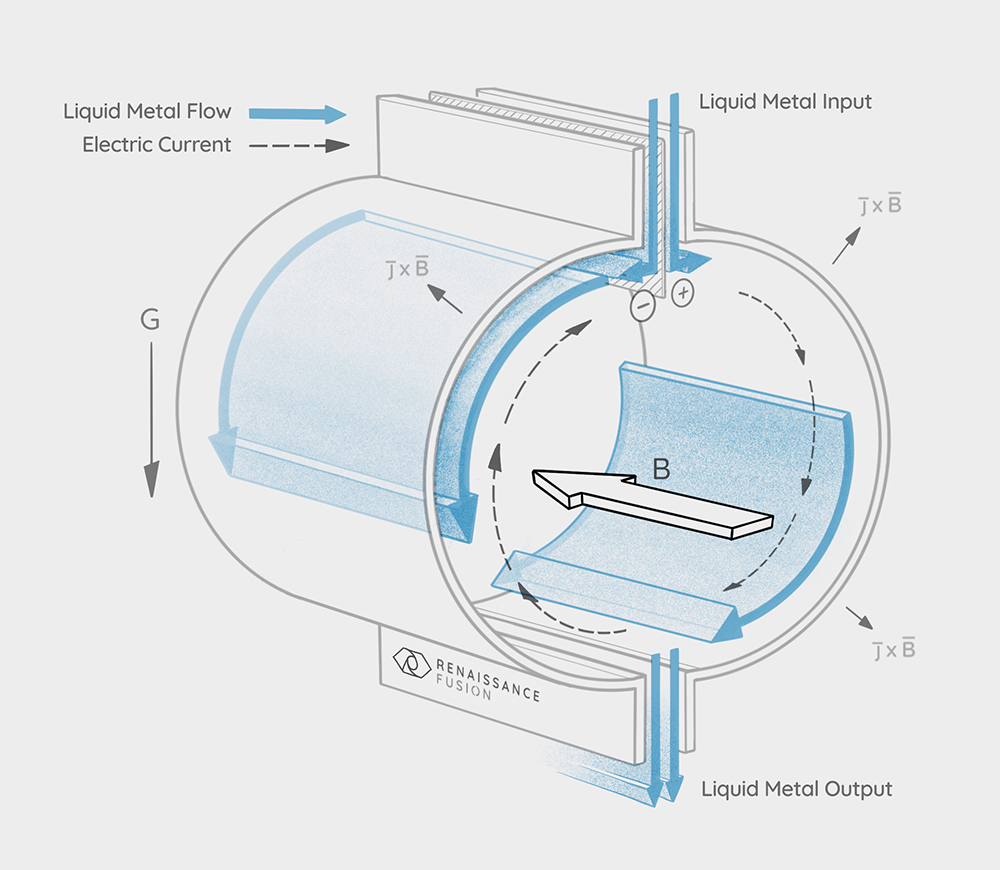Meet Renaissance Fusion, a Grenoble-based startup that has been working on nuclear fusion for the past couple of years. The company recently raised $16.4 million (€15 million) in funding in a seed round led by Lowercarbon Capital.
Several European investors also participated in the round, such as HCVC, Positron Ventures and Norssken.
“We are proud to support Francesco Volpe and his team in the emergence and industrialization in France and in Europe of a disruptive solution in energy production and distribution technologies. Grenoble is a highly strategic location that allows them to benefit from a favorable environment for the development of nuclear energy, a strong ecosystem such as the CEA, and an unrivaled pool of talent,” Alexis Houssou, Founder and Managing Partner at HCVC, said in a statement.
Unlike most nuclear fusion experiments that are based on tokamaks, Renaissance Fusion is working on a stellarator reactor. The company is well aware that there is a long and windy road ahead as it expects to be able to ship a small nuclear fusion reactor with a 1 GW capacity in the 2030s. It wouldn’t operate power plants directly. Instead, the company would sell its reactors to plant constructors and operators.
“We have a technology that is pretty unique,” Renaissance Fusion founder Francesco Volpe told me. Instead of designing complicated three-dimensional coils to generate a magnetic field, Renaissance Fusion greatly simplifies this process by drawing tracks on a cylinder.
After some calculation based on the magnetic field that you want to generate, the team can determine the shape of the coils that you need. The cylinder rotates around an axis while a device moves left and right to engrave tracks with a laser on the surface of the cylinder.

Image Credits: Renaissance Fusion
Cylinder blocks are then combined together to form a reactor. This modularity should help when it comes to shipment and logistics. As for the neutrons emitted by the nuclear reaction inside the cylinder, Renaissance Fusion wants to use liquid Lithium to create thick walls that separate plasma from the outside world.
“We inject a layer of liquid metal. It flows around the inside of the cylinder and then it’s extracted at the bottom. It’s thick enough to absorb the majority of the neutrons,” Volpe said.
This liquid metal is also used to extract heat from the stellarator, which can be used to create steam, which can be used to propel turbines, which can be used generate electricity.

Image Credits: Renaissance Fusion /
According to the startup’s founder, Renaissance Fusion is quite innovative with its use of liquid metal. “We are the only one in commercial fusion where the liquid lithium faces the plasma,” Volpe said.
Right now, the company can create liquid Lithium-based walls that are 1-centimeter thick. It will require a lot of iterations before it can be used in nuclear fusion as Renaissance Fusion estimates that it would require a thickness of 30 to 40 centimeters.
The company is already thinking about commercial applications that could be released before the 2030s. For instance, Volpe believes that Renaissane Fusion’s coil patterning technology could be used for MRI and energy storage. “Whenever you need a strong magnetic field, a large volume and high precision,” he said.
With today’s funding round, Renaissance Fusion plans to triple the size of its team to 60 people by the end of 2023. In many ways, this is still the early days of Renaissance Fusion. So let’s see how it pans out in the coming years.
Renaissance Fusion raises $16.4 million to build nuclear fusion technology in Europe by Romain Dillet originally published on TechCrunch















 English (US) ·
English (US) ·